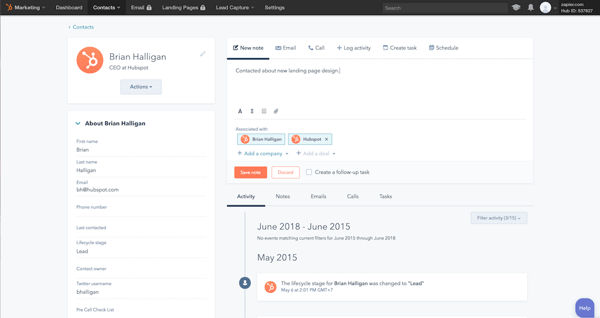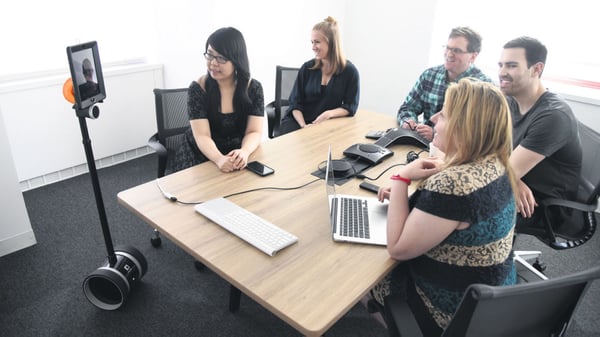The Best Virtual Communication Tools for Business
Every great organization needs three things. First, they need trust. Without trust, teams struggle to work collaboratively. Next, they need ...
When your remote team is highly collaborative, you get the ideal remote work experience. Important context and updates aren't missed. Your team does their best work. Efficiency and productivity are high. You can achieve all of your business goals. But a big part of achieving high collaboration with distributed teams is in choosing the best technology.
Remote teams need robust, reliable tools to be successful. However, not every platform out there is built to support distributed work. As the needs of remote teams grow, companies will require technology that serves a highly productive remote environment. This kind of technology is coming, and the companies that decide to invest in this bold, innovative technology will win.
In 2019 and beyond, the technology that will ultimately best support remote teams are platforms that make it easy to create from anywhere. Whether you're down the street or across the world, the right tools will make it possible to collaborate and connect like never before.
These resources include:
A lot of teams use limiting tools to run their marketing and sales initiatives. For instance, take WordPress. It's commonly used as a content management system but has a lot of complexities that make content management difficult. It requires a ton of maintenance to do what you need it to. You also need to invest in other platforms, apps, plug-ins, and software to run marketing and sales. And even with those additional resources, everything still feels disconnected.

With HubSpot, teams can access an entire history of a specific customer's engagement.
An integrated CMS such as HubSpot connects everything. All of your marketing, sales, and customer support is one place. You can track your website performance, create email campaigns, publish blog content, and manage your CMS. HubSpot makes it much easier for remote teams to do their best work.
When you work remotely, you don't get as many opportunities to connect with industry peers. You're not grabbing beers after work, and you're not at the community coffee pot talking in the morning. It takes a more proactive approach to meet people.

GitHub Satellite is one of the many events that GitHub hosts, along with hackathons, conferences, and meetups.
Platforms like GitHub are designed to encourage talking and collaborating with people in your industry. They even hold worldwide events that their community can attend. That way, if you can't meet up with co-workers, you can connect with local peers to learn about new trends and discuss your work.
Due to the nature of remote work, communication can be an issue. A lot of existing technology are not built for remote collaboration. For example, take web conferencing tools. Remote teams use them all the time for meetings and calls, but they're not perfect, since:
That's why newer technology, such as virtual reality, is so transformative for distributed teams.

n 2019, 42.9 million people are projected to use virtual reality.
With enhanced audio capabilities and the opportunity to get face-to-face, you get all of the advantages of working in an office. You can pick up on tone, walk up to someone and start a conversation, and so much more.
Whether you work remotely or you're in an office, artificial intelligence assistance and IoT in the workplace can be a game-changer. When applied effectively, it can free your team up from tedious, manual tasks and make your workday much smoother.

Shutterstock uses double robotics video conferencing at their offices.
Teams are already using artificial intelligence assistance and IoT to make work easier. You can use Alexa For Business to schedule and join meetings or access corporate applications with voice-activated technology. New telepresence robots are helping connect remote workers and in-office employees. An assortment of connected devices can streamline daily work activities for remote employees.
Teams are also using wearable technology to enhance work, such as smart glasses, head-mounted displays, and health wearables.
The right technology can make or break your remote team. It's only a piece of the productivity puzzle, but the right technology can still seriously improve your team's productivity and efficiency.
Related Article:

Every great organization needs three things. First, they need trust. Without trust, teams struggle to work collaboratively. Next, they need ...
Subscribe now to be first to know what we're working on next.
By subscribing, you agree to the High Fidelity Terms of Service